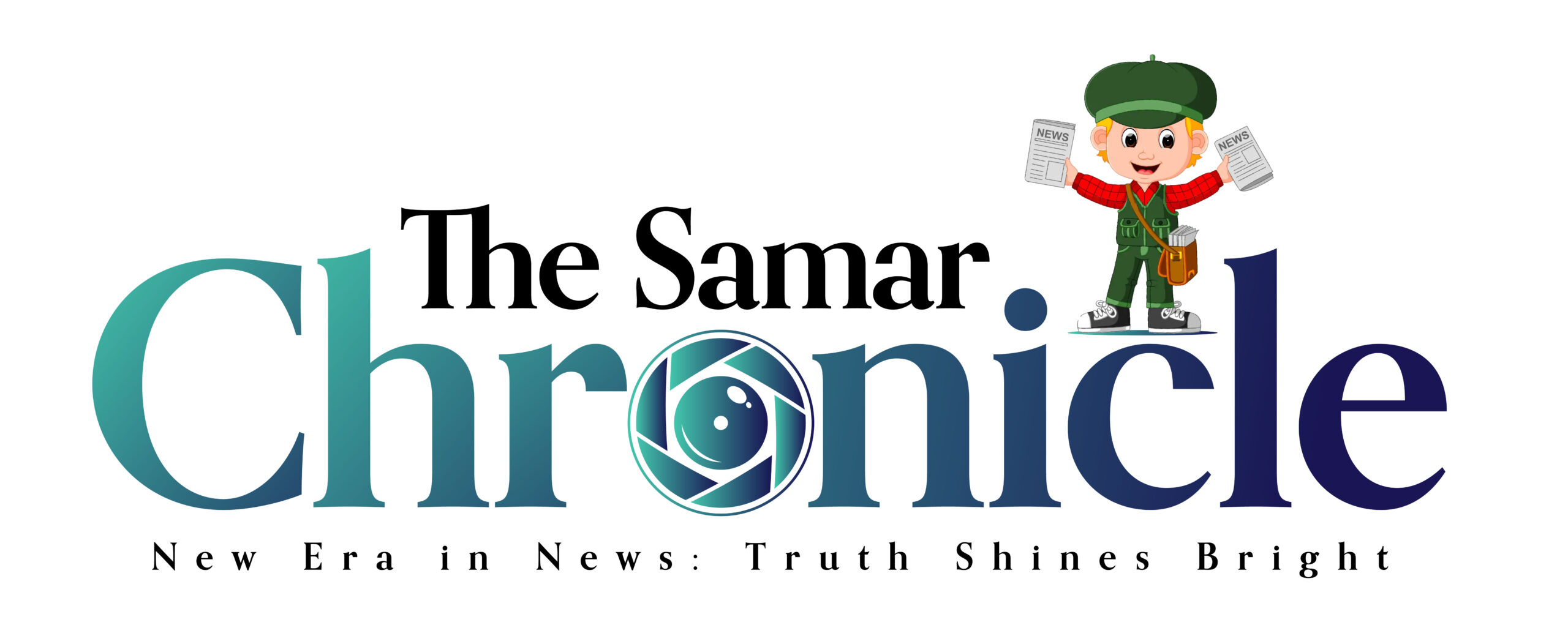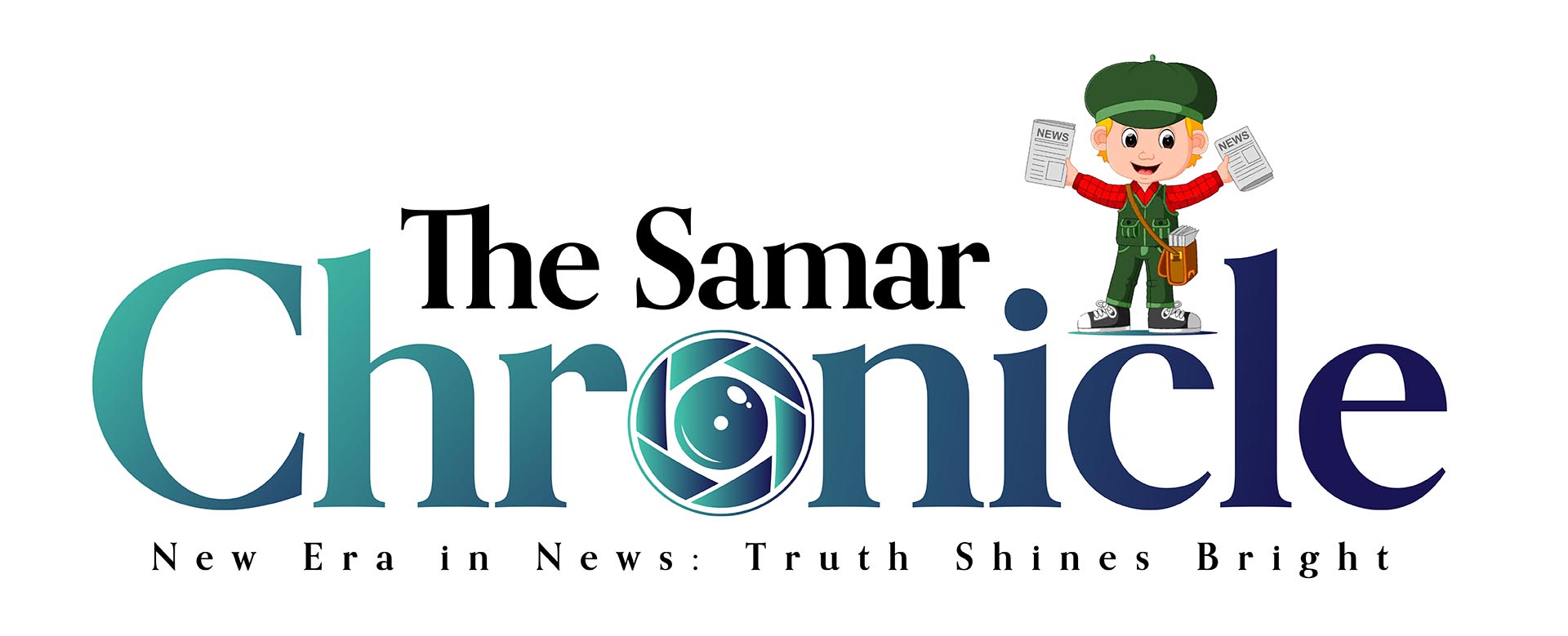This is the last installment of the State of the Media and Information Literacy in the Philippines series. This article explains how the digital divide in the Philippines, especially in rural areas, hampers Media and Information Literacy (MIL). It will discuss how unequal internet access and digital literacy disparities exacerbate this issue and the steps needed to bridge the gap.
As stated in the previous article, the income disparities of Filipino households also lead to a stark contrast of digital disparities. This divide does not only limit access to information but also hinders the development of critical MIL skills, essential for the utilization of today’s media-rich environment. Below, we explore the factors contributing to this divide and how they impact MIL in the country.
Unequal Internet Access
In the Philippines, the disparity in internet access between urban and rural areas is a significant contributor to the digital divide. Urban centers boast more extensive internet infrastructure and connectivity. For example, Metro Manila enjoys the highest internet access rate at 32.3%. This reflects a concentrated investment in urban areas. In contrast, many rural regions struggle with limited or unreliable internet access which leaves large populations disconnected from the digital world.
Furthermore, income inequality exacerbates the digital divide. More affluent households are more likely to afford high-speed internet and modern digital devices. Meanwhile, poorer households face challenges in accessing even the most basic digital services.
Sadly, access to fixed broadband surged only among the wealthiest 40% of the population, while marginal improvements are seen among the poorest, illustrating the widening gap in digital access.
This stems from the inaccessibility and the expensive infrastructure set up in the Philippines. It is cheaper for internet companies to focus on urban areas rather than rural areas. In this case, the government should invest heavily in infrastructure in far-flung places to improve the said conditions
Negative Impacts on Education
The failure to resolve this digital infrastructure leads to the repercussions of this digital divide. It negatively impacts the educational sector. Students from rural and poor areas face significant barriers in adopting digital learning tools since they either cannot afford digital devices or internet connectivity is also inaccessible. These tools could have improved the ability of students to critically analyze media content and use information effectively. Without reliable internet, these students are often left out of online education opportunities.
A good example of said discrepancies was greatly seen during the COVID–19 pandemic. The more well-off students rely on online classes while the poorer students have to rely on paper modules to get by. The difference? The former gets proper instruction while the latter fends for himself.
Exacerbating MIL Disparities
If this trend continues, the digital divide will significantly restrict access to diverse sources of information. Students from poorer communities have limited access to the internet and they often rely on fewer and sometimes biased sources of information. This situation limits their ability to critically evaluate media content.
On the other hand, the disparities in internet access and digital literacy directly contribute to unequal educational outcomes. Wealthier students, with better access to digital tools and resources, are more likely to develop strong MIL skills. Unlike their economically challenged counterparts, they may fall behind. As a result, a perpetuates a cycle of inequality that affects their ability to engage critically with media and information.
If these groups have different sources of information, they may have polarized views on what is right and what is wrong since they cannot agree on the correctness of the facts they have learned.
Policy and Infrastructure: Bridging the Gap
To address these disparities, it requires a comprehensive approach. It starts with significant investments in digital infrastructure. The Philippine government must prioritize expanding broadband coverage to rural areas so that every Filipino has access to the Internet. Additionally, targeted educational policies that promote digital literacy across all regions are essential. This includes comprehensive teacher training programs that equip educators with the skills necessary to teach MIL effectively. The teachers should also be well compensated and well-subsidized for said digital technologies.
Meanwhile, community-based initiatives are also encouraged to step in to overcome cultural barriers. By engaging local communities and raising awareness about the importance of digital literacy, these programs can foster a more inclusive approach to technology adoption.
Conclusion
The digital divide in the Philippines presents a significant challenge to achieving widespread Media and Information Literacy (MIL), particularly in the rural and poor areas. Unequal access to the internet and varying levels of digital literacy exacerbate these disparities, impacting educational outcomes and limiting opportunities for critical engagement with media and information. Addressing these challenges requires a multi-faceted approach, including investments in digital infrastructure, targeted educational policies, and community engagement. Bridging this gap can ensure that the Philippines has equitable access to MIL resources, empowering all its citizens to thrive in the digital age.








